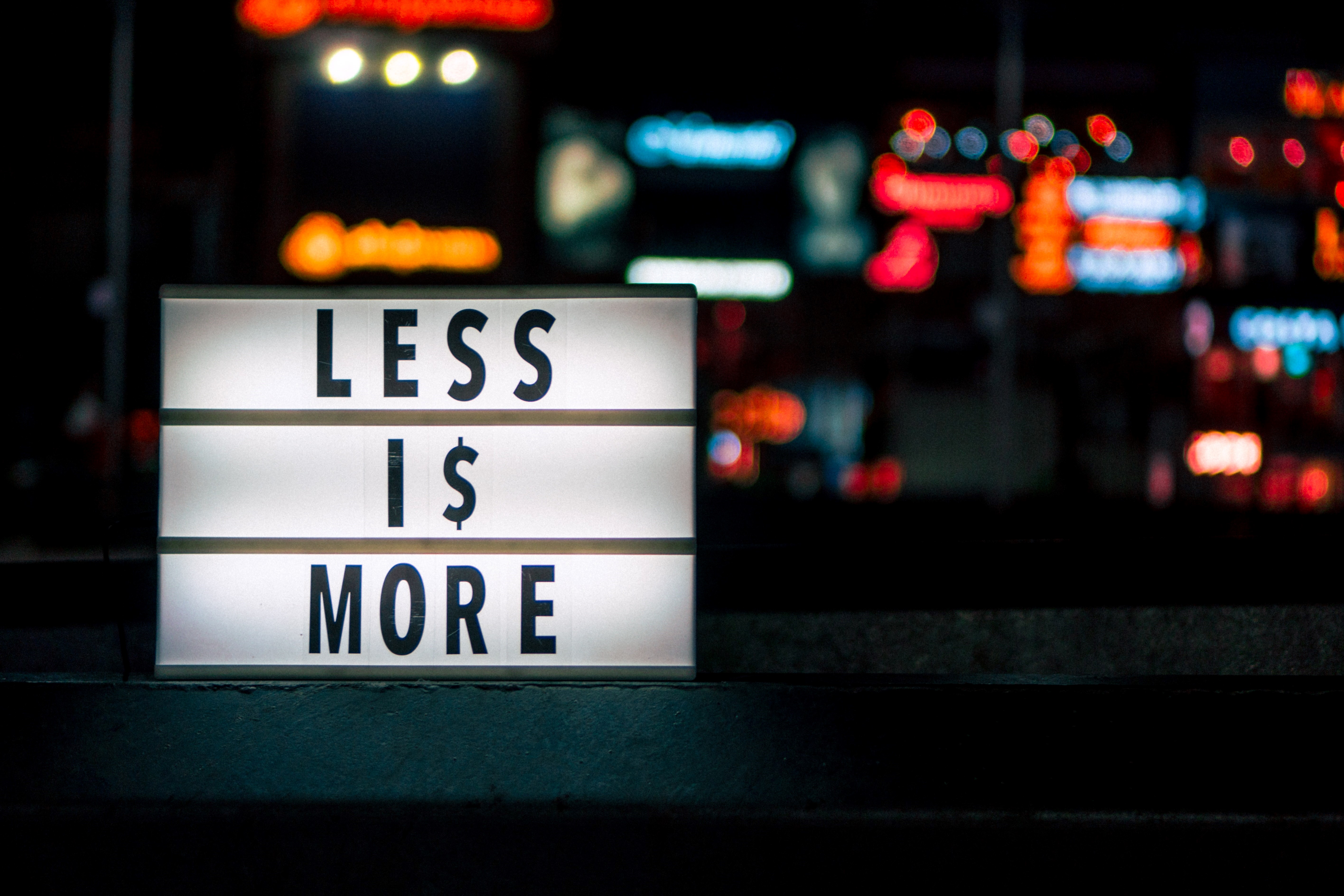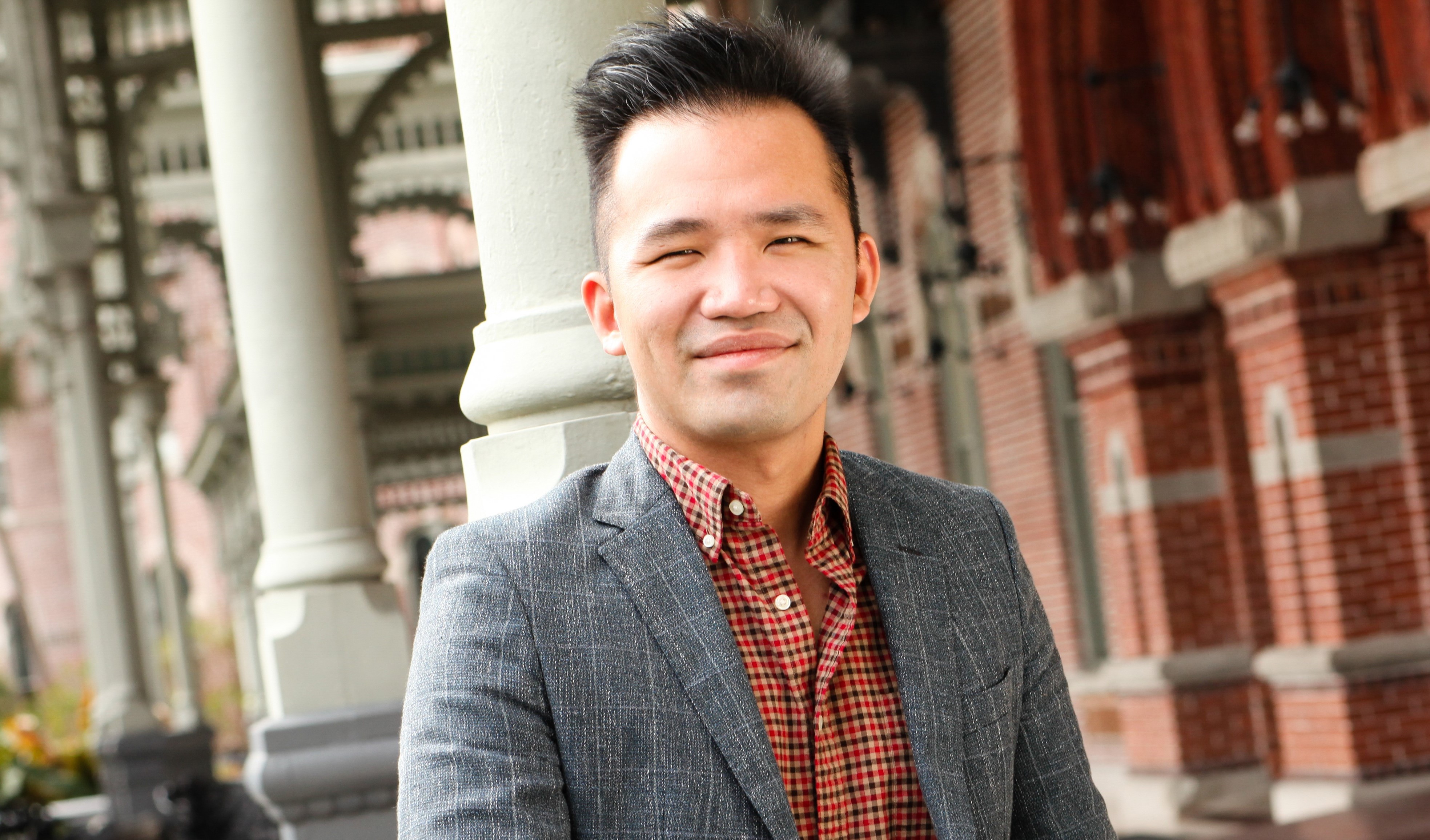Memo to Woke Advertisers: Don't Try Too Hard

For consumers, it's not just what you do, it's how and where you say it.
After this past summer's backlash against performative allyship, many brands were left wondering how to craft corporate social responsibility (CSR) messaging for millennials and Gen Z consumers since a brand's commitment to social good, and their transparency and sincerity in pursuing it, can be a differentiating factor for purchase decisions. But it can be tricky for corporations to strike the right balance between authenticity and profitability.
Take "Pride collections." In 2020, over 50 brands, ranging from Nike to Versace, released rainbow-covered limited-edition products created for lesbian, gay, bisexual, transgender, queer (LGBTQ) Pride month. And while some were embraced and celebrated, others were criticized for "rainbow washing" since their superficial, symbolic, and performative gestures of support suggested the brands' commitment to social change was overshadowed by their drive to exploit LGBTQ symbols in pursuit of the powerful pink dollar.
In study recently published in the International Journal of Strategic Communication, Dr. Minjie Li (pictured below) took a closer look at the risks and opportunities of Pride collections and what kind of LGBTQ issue messaging might produce the most positive consumer response. Li and his co-author Dr. Sara Champlin set up an experiment where they showed over 700 millennial heterosexual and LGBTQ participants two sets of virtually identical print advertisements for a "Pride collection" fashion brand.
While both ads noted that "proceeds go to the Rainbow Home Foundation to end LGBTQ homelessness," one ad gave 100% of the proceeds and the other ad only 1%. And, surprisingly, the researchers found that less is more; young consumers consistently reported more positive attitudes toward the 1% contribution. How could this be?
According to Dr. Li, public communication platforms such as social media have likely made millennials more skeptical of any given brand's authenticity and motive of engaging in cause marketing with corporate social responsibility (CSR), such that a large donation smacked of "rainbow washing" while a smaller contribution seemed more trustworthy and realistic. In other words, don't try too hard.
In an even more recent study published in the Journal of Digital Journalism, Li examined the potential synergies between solutions journalism, CSR advertising, and doing social good while avoiding the appearance of exploitation and thereby risking backlash from consumers. Just as brands increasingly incorporate social issues in their campaigns and even publicize their financial contributions towards those causes, "solutions journalism" seeks to avoid consumers' negative news fatigue by focusing less on society's problems and more on the people trying to fix them.
So, given journalism and advertising's existing financial interdependence (which has only intensified in the digital era), there would appear to be great potential for CSR advertising to work alongside solutions journalism. After all, placing relevant advertisements next to related news content ("contextual advertising") has been found to increase positive attitudes toward the brand.
But Li found something slightly different. After conducting an online experiment with over 200 participants, he discovered that a CSR advertisement that compliments, rather than mirrors, the news content works best for creating a less negative affective state for the audience. When I asked Li why, he theorized that it could be because highly relevant advertisements risk triggering a consumer's suspicion that they are being manipulated by an unethical ad/editorial collaboration that violates journalistic values of objectivity and independence. Low-relevance CSR advertisements might hit a sweet spot that makes the audience perceive the brand to be socially conscious as opposed to being manipulative/exploitive, profit-driven, or indifferent to social issues.
Overall, Dr. Li's research suggests that CSR advertisers should care not only about the commercial outcomes but also the social and affective ones. Thus, in order to be effective and authentic, brands should craft realistic messages placed next to positive, yet distinct, content.
In short, the ad should try…but not too hard.
ABOUT DR. LI:
Dr. Minjie Li locates his research at the intersection of multicultural and prosocial advertising and media psychology, with an emphasis on LGBTQ issues. His work contributes to a better understanding of 1) the shifting media representation strategies of marginalized social groups, and 2) the media effects of multicultural and prosocial advertising strategies on people’s attitude change and cognition, within the context of the growing media economy of digital activism, commodified diversity, and corporate social responsibility.
Click the social buttons to share this story with colleagues and friends.
The opinions expressed here are the author's views and do not necessarily represent the views of MediaVillage.com/MyersBizNet.


